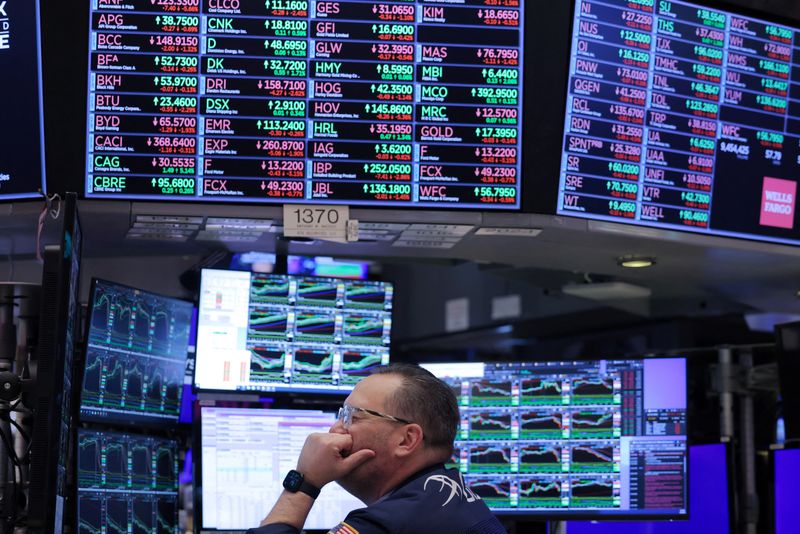Investing.com -- A period of market volatility was to be expected given ongoing economic uncertainty and investor anticipation of a second Trump term, UBS strategist said in a Monday note.
Last week, both US stocks and bonds faced pressure as stronger-than-expected economic data raised concerns about the Federal Reserve's capacity to cut rates in 2025.
The S&P 500 declined 1.5% following the release of employment data showing 256,000 new jobs in the prior month, significantly surpassing the forecasted 163,000. Moreover, the unemployment rate dipped to 4.1%.
The 10-year Treasury yield climbed 10 basis points to 4.77%, its highest level since 2023. Over the week, the S&P 500 fell 1.9%, with futures down 0.6% as of the time of writing. This comes after two consecutive years of exceptional performance for the S&P 500, with annual returns exceeding 20%—the best streak since the mid-1990s.
Friday’s job report followed robust data earlier in the week, including a six-month high in job openings from the JOLTS survey and stronger-than-expected services sector activity, as indicated by the ISM survey. The prices paid component also reached its highest level since 2023, raising doubts about progress toward disinflation.
“The recent string of data looks set to reinforce worries among top Federal Reserve officials that the task of returning inflation to its 2% target is not yet completed, and there is no rush to cut rates further,” Mark Haefele, Global Chief Investment Officer of UBS Wealth Management, said in the note.
This perspective aligns with the minutes from the Fed's December meeting, where officials indicated there was “more work to do on inflation.”
The Fed’s median forecast for rate cuts in 2025 was reduced to just 50 basis points, while market expectations have also dropped, pricing in only 29 basis points of easing as of last week.
Throughout 2024, unexpectedly strong economic data reshaped investor sentiment, shifting from recession fears to hopes for a soft or even no landing. This momentum appears to be carrying into 2025.
While the US economy is expected to remain robust, Haefele foresees a moderation in growth and a renewed push toward the Fed’s inflation target.
“As a result, we believe there will be scope for the Fed to ease policy by a further 50bps later in the year,” he said.
Despite December’s hawkish Fed meeting suggesting shallower rate cuts, Haefele believes markets are underestimating the pace of easing, maintaining confidence that US cash returns will decline.
“Much of the world is now firmly back in a low-interest-rate environment, with the policy rate in Switzerland at just 0.5% after a 50bps cut in December,” he said.
UBS also expects the European Central Bank to lower rates by 100 basis points this year.
